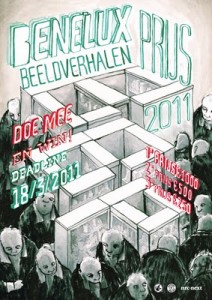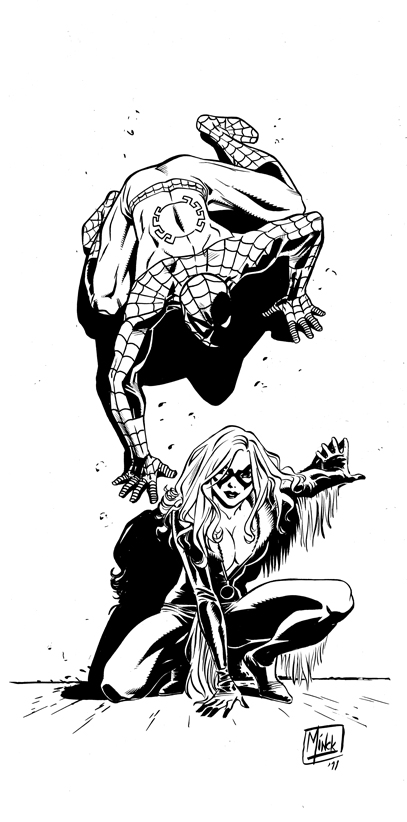The last ten years have been a very disappointing decade for the Netherlands, politics wise. We started the decade with a clapped out coalition of neoliberal technocrats completely failing to respond to the rise of the first charismastic, populist, Islamophobic demagogue the country was blessed with. He promptly got shot, the backlash catapulted his party into government but their incompetence doomed them almost immediately. Their legacy lasted much longer however, collapsing the vote of the traditional big parties, with a large part of the electorate becoming swinging voters, going for the party that most satisfied their gut instincts this election, opening up space for more populist parties. In itself this was not a bad thing, was it not fueled as much by a healthy dose of xenophobia as a visceral hatred of politics as usual, with various politicians trying to make lightning strike twice. This is not without dangers, as a national firebrand is stabbed to death for his views on Muslims
Fast forward a few years and governments and we’re back into a much worse economic crisis and an even worsely fractured political landscape. We’re now ruled by a rightwing minority coalition of neoliberal technocrats who use this crisis as an excuse to sell of everything the state owns not yet sold by previous governments, as well as ram through all the ideologically driven spending cuts it had been wanting to see through for years. To do so, it has to depend on a racist party, throwing them a bone every now and again, which doesn’t help make the country any nicer to live in. Both developments on their own are bad enough, but acting in concert as they do makes them incredibly dangerous.
Several stories coming out this week underscore how bad things are getting. First, there’s the ongoing saga of the ban on ritual slaughter of non-stunned animals, which has now been passed by parliament, which uses the guise of animal welfare to taunt religious Jews and Muslims. Then there was the minister of interior affairs who stated that the multicultural society was finished and would no longer be subsidised, followed by a colleague of his own party saying yesterday that “the fear of many Dutch people for foreigners is justified”, followed by the xenophobes overtaking him on the right by stating that third generation immigrants, the grandchildren of the people who actually immigrate to Holland, are still dirty foreigners and not to be trusted. Meanwhile the first wave of spending cuts have moved effortlessly through parliament, as arts funding is slashed and the public broadcasters see massive budget cuts as well.
It all doesn’t make for a nicer country to live in.



